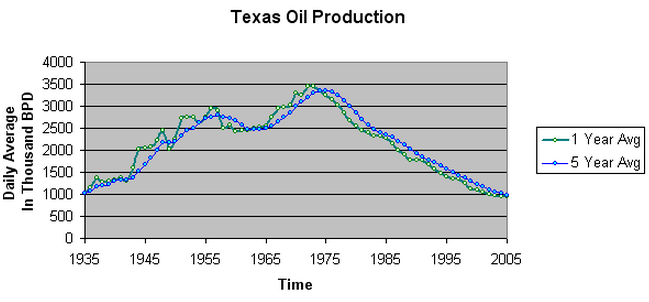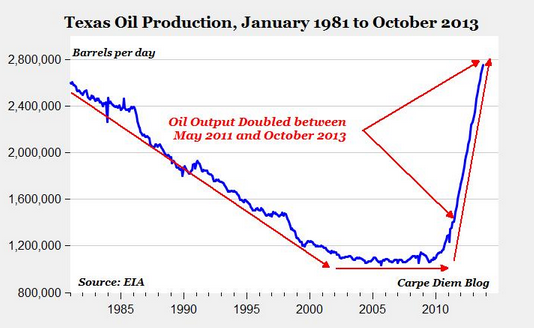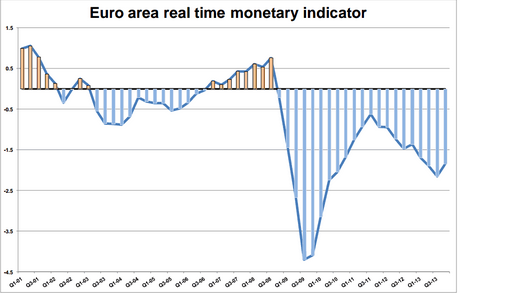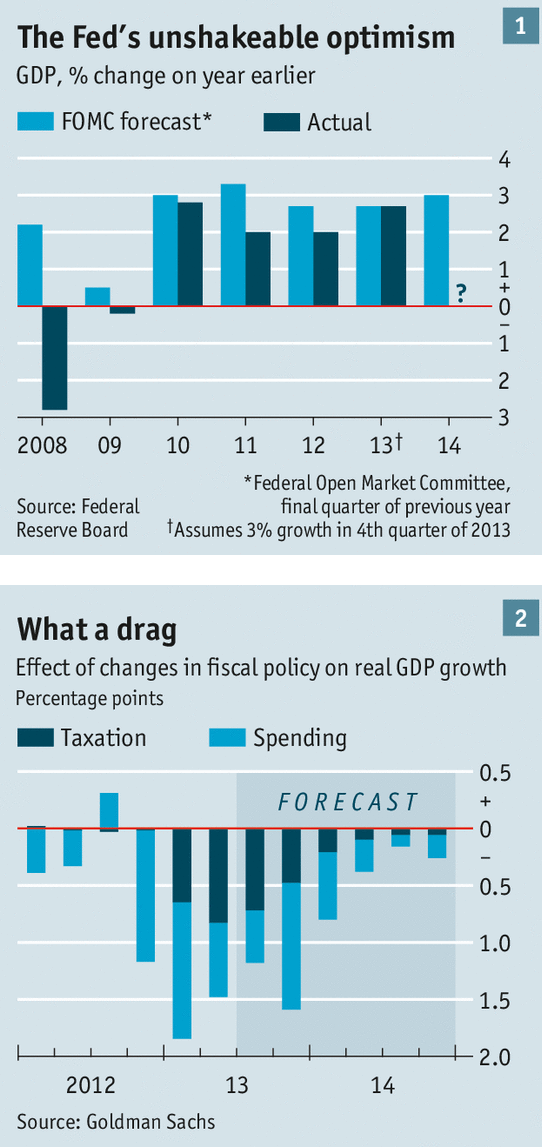5048.62: All judgments are provisional
It’s the 14th anniversary of the dotcom bubble peak. Here are some closing prices of NASDAQ, the tech-oriented stock index:
March 10, 2000: 5048.62
October 9, 2002: 1114.11
Last Friday: 4336.22
I recall the general view in October 2002 was that the 5048 closing in March 2000 was utterly insane, an overvaluation of historic proportions. In contrast, the closing value of 1114 was seen as; “Ah, that’s more like it. I always knew the dotcoms were a bubble.”
I don’t wish to argue in favor of the 2000 market peak, it still looks absurdly high to me. Rather I’d like to suggest that all such judgments are provisional. If investors in 2000 had known what we know now (current NASDAQ level), the peak would have probably been closer to 3000. If investors in 2002 had known what we know now, the low point would have been slightly higher than in 2000, say around 3200.
(These are ballpark guesstimates based on the notion that in equilibrium stock indices might be expected to rise at faster than the rate of inflation, but slower than NGDP growth. The latter point is due to the fact that stock indices do not account for new firms being created, and the total value of all stocks should rise at about the rate of NGDP, in the long run. This may be wrong, but I don’t think anything in my post hinges on these guesstimates being exactly right. Also, I realize that if investors knew then what we know today stocks would have been risk free assets over the next 14 years. Please ignore that fact and assume a normal return for an asset with that level of risk.)
As of today, it looks to me like investors were somewhat more insane in October 2002 than March 2000. In absolute terms they might have been roughly equally wrong. The values of 3000 and 3200 are roughly half way between the 2000 highs and 2002 lows. But it’s percentage differences that matter in investment. If you can’t see that, consider this example. You are looking out the window at a new Mercedes parked at the curb. You comment that the car probably cost $80,000 new, and your friend says he’d estimate it was about $1000 new. If the actual value was $40,000, who would have made the more reasonable guess? And yet who was closer in absolute terms?
I believe humans tend to notice absurdly over-priced assets more readily than absurdly underpriced assets. People are more likely to talk about the fools who bought stocks when the NASDAQ was 5000, than those who foolishly sold when it was 1100 a few years later. Or the fools that bought Vegas property in 2006, not those who sold London property in 1994. Or those who bought Bitcoins at $1000, not those who sold Bitcoins when they were $5. You might say that sometimes people might have to sell, but they never have to buy a particular asset. That’s true. But even people who sell and then reinvest in something else seem to get a pass. It’s the buyers who pay too much who are mocked.
Of course all the judgments in this post are provisional. If NASDAQ goes to 8000 in the next few years I’ll no longer view March 2000 prices as crazy. And yes, 4336 may not be the “correct value” today, but it’s the best estimate that we have. If Richard Rorty had been a finance professor he would have said the true value of a stock is that value which investors regard as true. And he would have also said that if we later find out that that value “was not actually the true value,” all that would mean is that later on people regarded a different value as “true.” All truth statements are provisional, (excluding the optimality of NGDPLT.)
PS. I don’t ever recall Robert Shiller saying stocks were underpriced and that people should buy, but I recall him calling stocks overpriced on numerous occasions. Can someone confirm this impression? If true, why doesn’t he recommend that people buy stocks during periods like March 2009, when the S&P 500 was at 670, barely a third of its current value?
PPS. Off topic, but I highly recommend this post by Evan Soltas. His posts (and those of Yichuan Wang) are amazing thoughtful for such young bloggers. Indeed for bloggers of any age. I doubt I could have made as persuasive an argument for NGDP targeting as Evan just did.





